Popular on Food52
9 Comments
JonathanFrish
March 20, 2015
Challah by definition cannot contain dairy products. Enrichment is by including whole eggs, egg yolks, more sweetener like sugar or honey and the addition of dried fruit like raisins. This is a good recipe and a very nice article but the product is a modified challah, not a true challah.
I_Fortuna
March 19, 2015
I use 1 whole egg and 4 or 5 yolks. This gives the bread a rich color, delightful flavor and tender texture. I don't use this much salt as it works against the yeast inhibiting proofing.
I also use buttermilk for a more tender loaf.
I let my dough proof covered in a warm room for at least 4 to 5 hours depending on room temp. Time kneads the dough so you don't have to. Dough may be sticky after proofing but punch down and knead by hand until dough is more stiff then let rise after braiding.
Baker's secret: Add a bit of citric acid (I use 1/8 tsp. or 1 vit. C tablet crushed) to the yeast mixture along with the sugar to increase rising. : )
I also use buttermilk for a more tender loaf.
I let my dough proof covered in a warm room for at least 4 to 5 hours depending on room temp. Time kneads the dough so you don't have to. Dough may be sticky after proofing but punch down and knead by hand until dough is more stiff then let rise after braiding.
Baker's secret: Add a bit of citric acid (I use 1/8 tsp. or 1 vit. C tablet crushed) to the yeast mixture along with the sugar to increase rising. : )
Kelley B.
October 22, 2014
I really want to make this bread, but I don't have a stand mixer... is it not enough to mix with a hand mixer? or am I left to weep alone in my KitchenAid-less (and challah-less) life?
Kelly G.
March 18, 2015
I prefer mixing by hand rather than use a mixer. The few times I used a mixer, the dough was over-kneaded. Sure, I could use the mixer for a shorter time, but I actually enjoy the mixing by hand--feels like real baking, and when you factor in the time to clean the mixer, it probably takes just as much time.
Catherine
September 26, 2014
So the way to get the best crumb/lightness/crust chewiness in challah is to totally develop the gluten? I've read many recipes for challah and watched tutorials, and I still cannot quite get the right internal texture (it's usually on the doughier side...). It seems like Joan Nathan does not do too much kneading. Then again, my issue could be the rising/retarding steps. I'm clearly still trying to master this whole bread journey.
AntoniaJames
September 26, 2014
I've found that using water instead of milk in brioche / challah makes for a lighter, less-doughy bread. (I'd been using whole milk for years and one day didn't have any, so I used water instead, and wow, what a difference. I wish I'd known that sooner!) Not sure if that will fix the specific problems you're having, but it's worth a try . . . . ;o) Good luck!
JonathanFrish
March 20, 2015
Once braided, experiment by letting your shaped loaf rise longer than you ordinarily do. Once baked, see if you notice a less "doughy" texture. Good luck and keep experimenting!
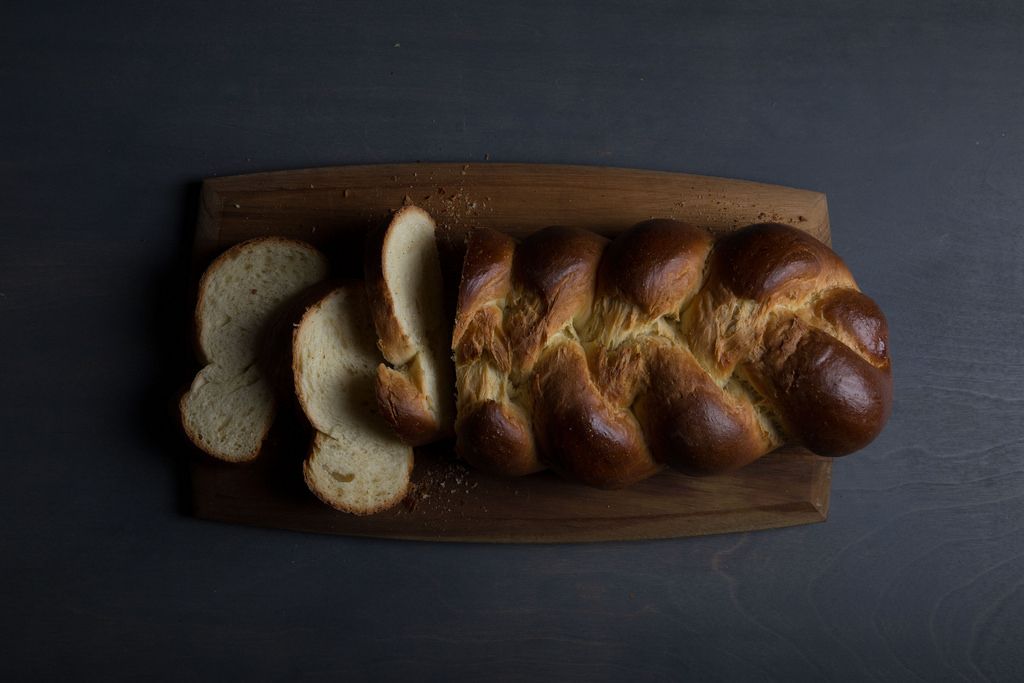


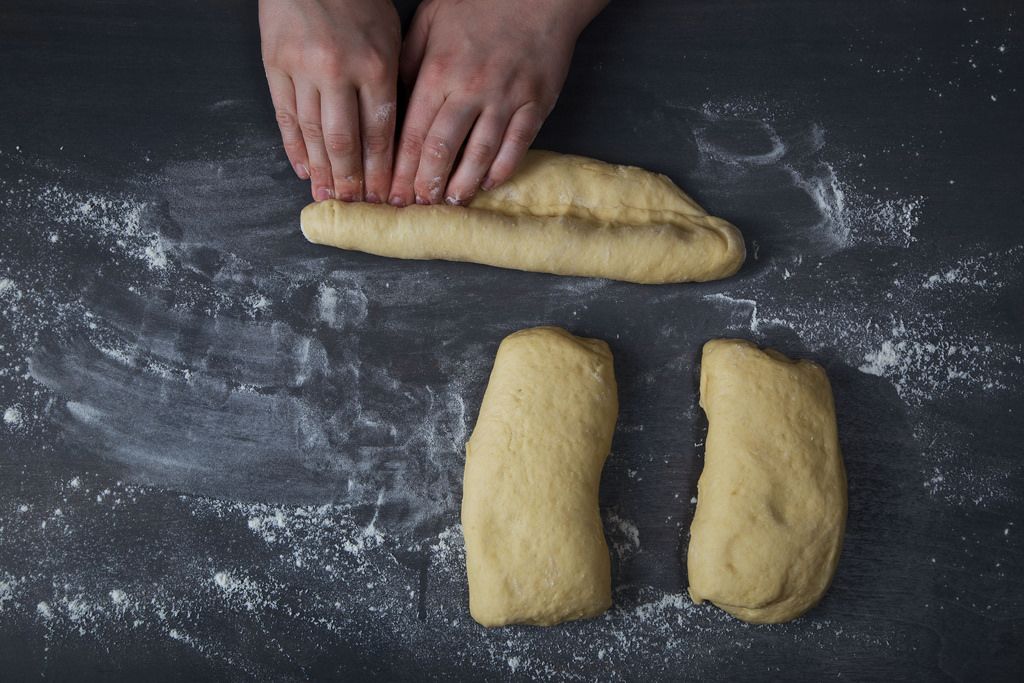
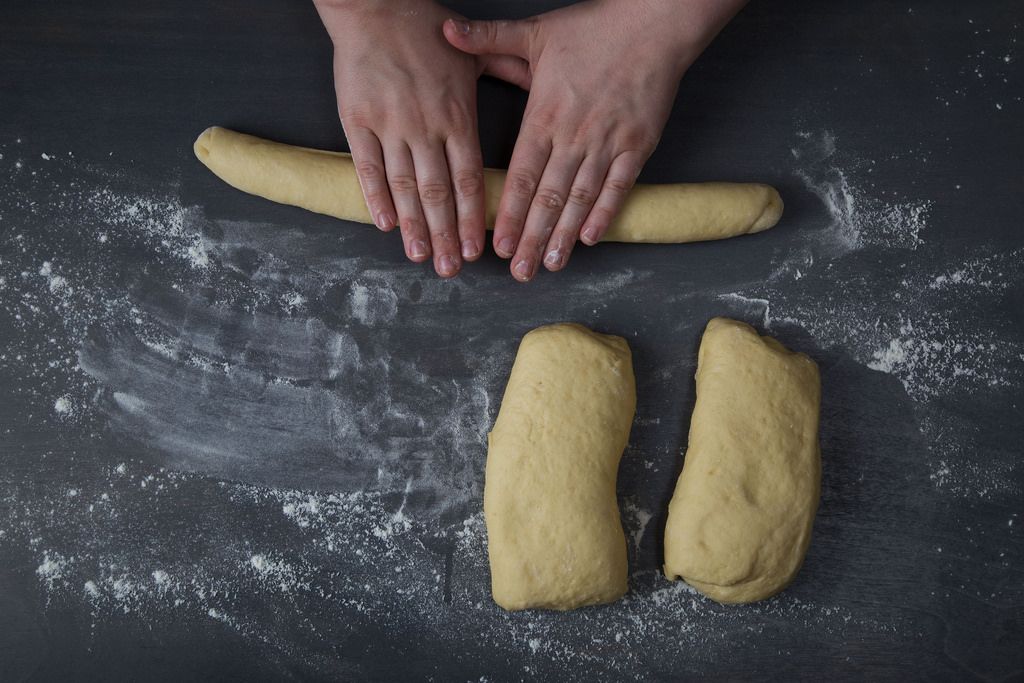
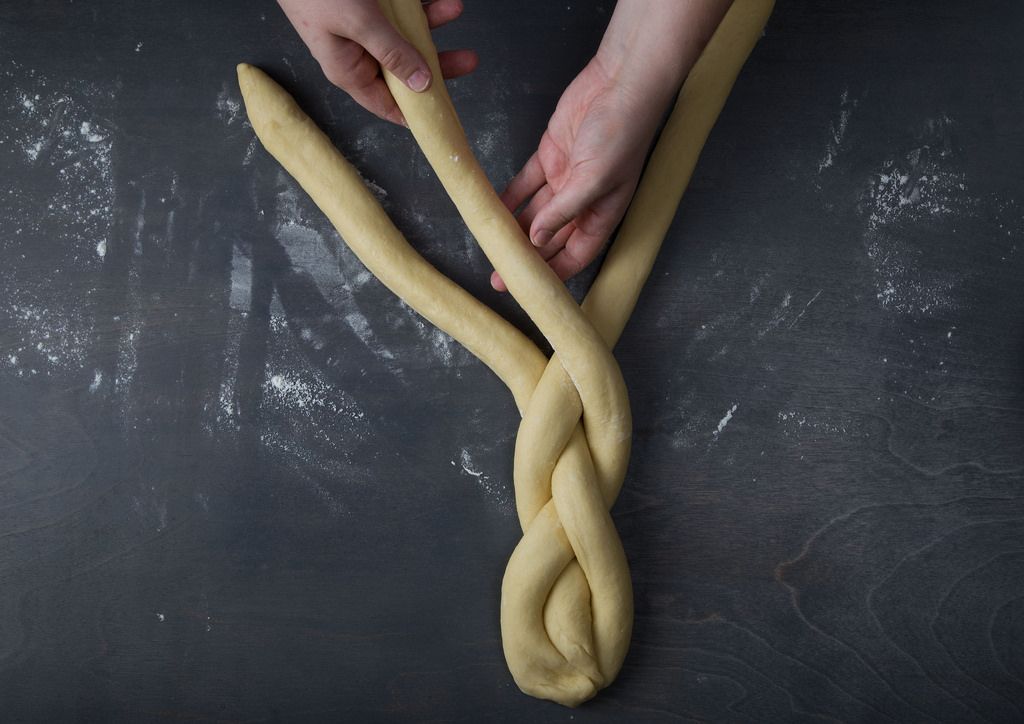
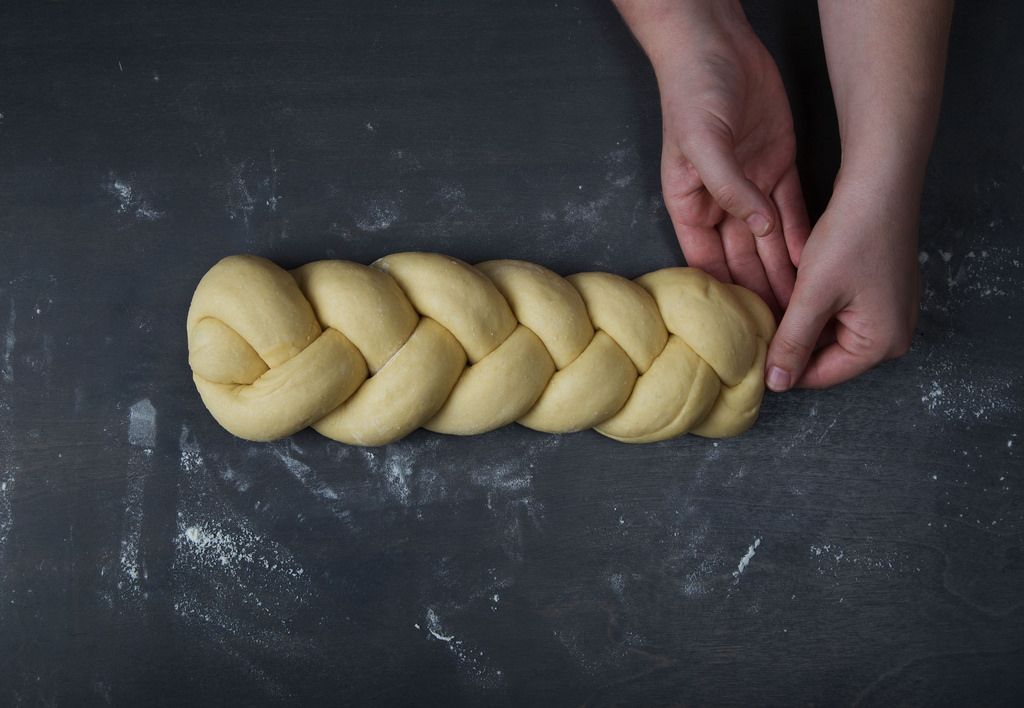
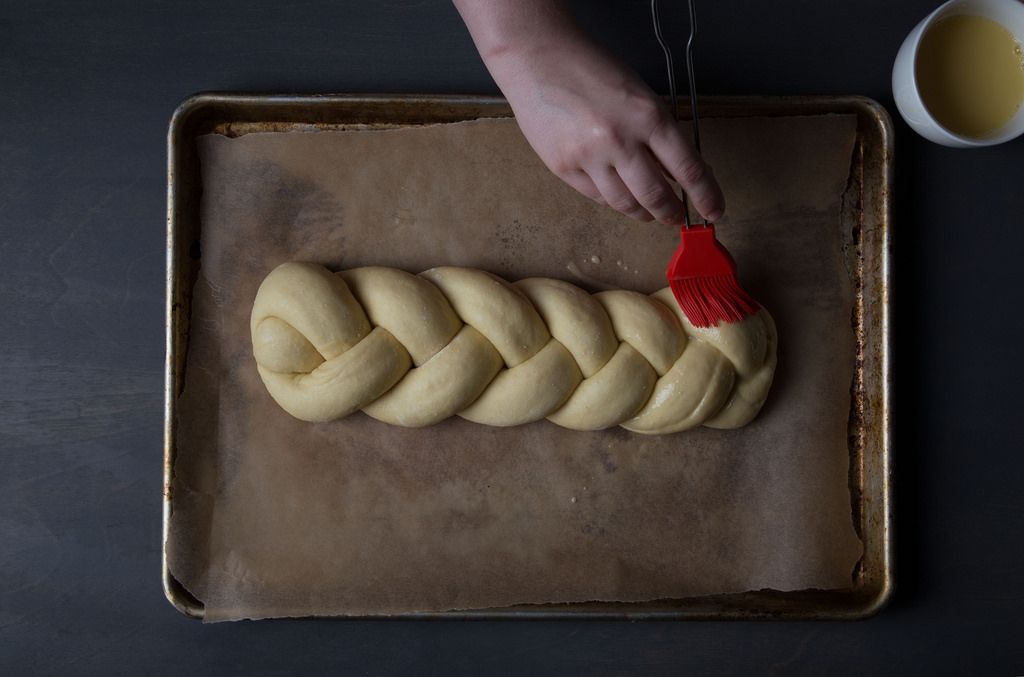
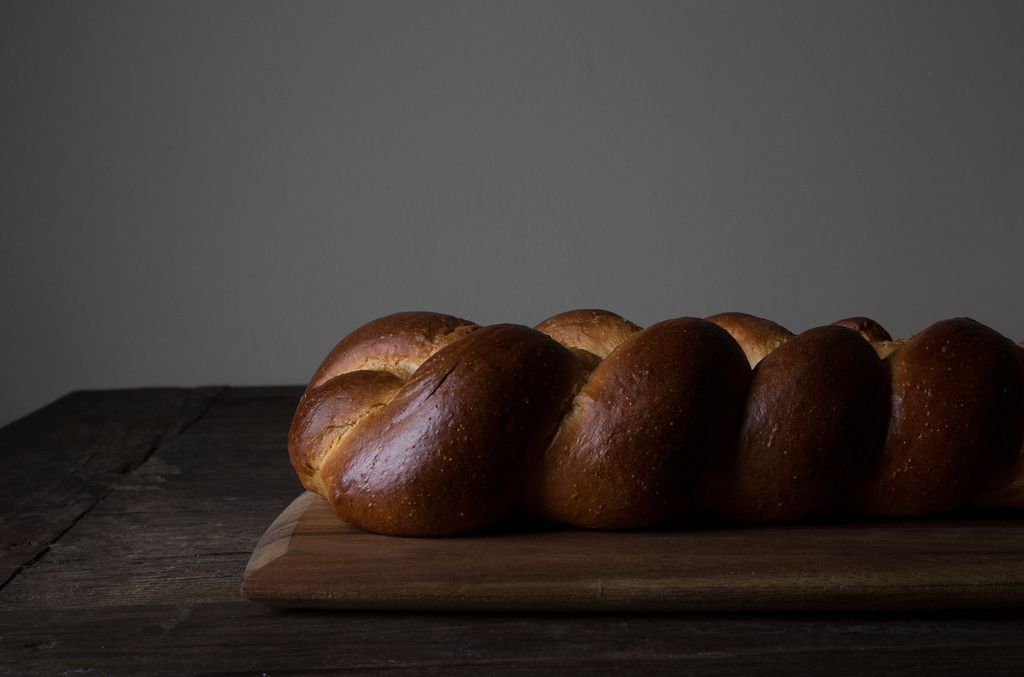

See what other Food52 readers are saying.